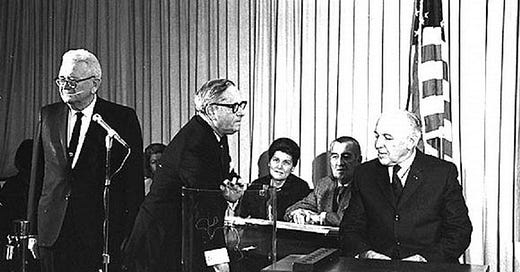During the Vietnam War, the United States needed to increase the number of soldiers but faced growing public opposition to the draft. In response, the government introduced a new system in December 1969: the Vietnam Draft Lottery. This system was intended to be a more “fair” way of drafting men into service—one that relied on random chance rather than subjective deferments and decisions by local draft boards. But for young men and their families across the country, the lottery was nothing short of life-altering.
Here’s how it worked: dates of the year, from January 1 to December 31, were each assigned a number in a random drawing, with each date representing men’s birthdays. If your birthday was one of the first drawn, you were likely to be drafted. Those with birthdays drawn later on were less likely to be called up. For those eligible, this lottery wasn’t a game—it was a moment of intense dread, as a random number could mean the difference between going to war or staying home.
The first lottery took place on December 1, 1969, and was broadcast live on television. Families gathered around their TVs, listening intently as each date was announced. For many, hearing their birth date early in the draw meant a sudden and terrifying reality: they could soon be shipped off to a brutal conflict thousands of miles away.




Im old enough to remember. This caused great anxiety among the young men and their families.
Thanks for your substacks! Always an interesting read!